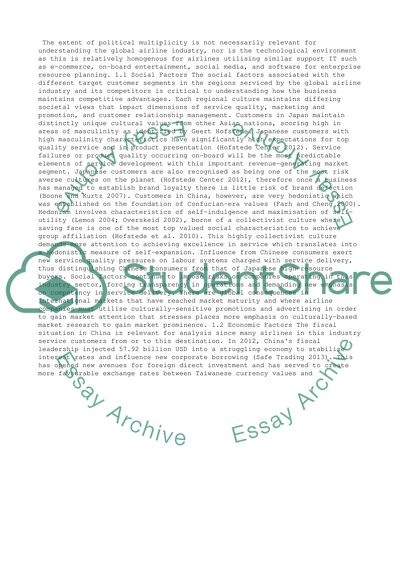Cite this document
(“Analysis of China Airlines Essay Example | Topics and Well Written Essays - 4000 words”, n.d.)
Retrieved from https://studentshare.org/business/1403537-international-business-management
Retrieved from https://studentshare.org/business/1403537-international-business-management
(Analysis of China Airlines Essay Example | Topics and Well Written Essays - 4000 Words)
https://studentshare.org/business/1403537-international-business-management.
https://studentshare.org/business/1403537-international-business-management.
“Analysis of China Airlines Essay Example | Topics and Well Written Essays - 4000 Words”, n.d. https://studentshare.org/business/1403537-international-business-management.


